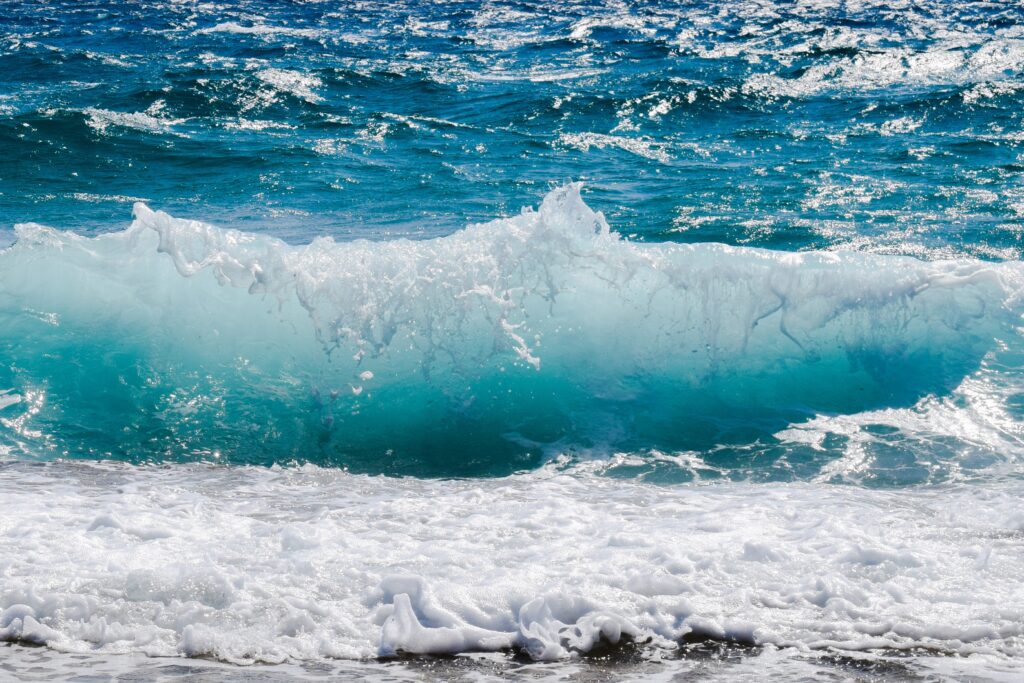Korean scientists claim that their newfound method can make seawater drinkable in minutes.
There is still a large section of the population deprived of clean drinking water. In fact, easy access to drinking water is a rising issue faced by millions across the globe. Interestingly, there is no water shortage on our planet, but the irony is only 2.5% of that water is drinkable. According to a UN report, more than 2 billion people worldwide are affected by water shortages, with the amount of freshwater available to each person plunging by one-fifth in two decades.
Desalination of seawater is a viable alternative to meet the rising demand for fresh water; however, it has its limitations. Now Korean scientists have developed a new method to desalinate seawater. The researchers used a membrane distillation process that resulted in a 99.9% salt rejection. What it means is, with the newly developed technique, it’s possible to turn seawater into drinkable freshwater within minutes. The team hopes that with commercialized use of this technique, it will be possible to address the exacerbating shortage of drinking water.
New Technique to Purify Seawater and Make it Drinkable
Scientists used a nanofiber membrane to filter the seawater. Although using a membrane to remove salt from seawater is nothing new, it has its shortcomings, reducing efficiency and slowing down the process. If the filtering membrane is too wet or is flooded, its ability to filter out salt is drastically reduced. It poses a huge problem, as one has to wait for the membrane to completely dry to resume filtering or use alternative ways of using pressurized air to release trapped water from its pores. Both are time-consuming processes.
To address the issue, scientists turned to a technique known as electrospinning – an application of nanotechnology. Basically, with electrospinning, they created a three-dimensional membrane. As the core, they used polyvinylidene-co-hexafluoropropylene fluoride and silica aerogel mixed with a low polymer concentration as the sheath. With this method, they developed a composite membrane with a superhydrophobic surface. This membrane acted as a filter with higher surface roughness and lowered thermal conductivity, allowing water desalination at a rapid rate with increased efficiency.
According to Dr Yunchul Woo, Materials Scientist at Korea Institute of Civil Engineering and Building Technology, “the electrospun nanofiber coaxial membrane has great potential for processing seawater solutions without suffering from wetting problems and may be suitable for full-scale membrane distillation applications.”
Furthermore, the team was able to keep the membrane distillation stable for 30 days. A significant improvement from other similar experiments that involved nanofiber membranes. Throughout the experiment period, the new nanofiber membrane filtered out 99.9% of salt from the seawater. That’s where lies the significance of this experiment as the traditional reverse osmosis method of water filtering involves a massive amount of electricity. Still, its efficiency is significantly lower than the nanofiber membrane filtration technique.



